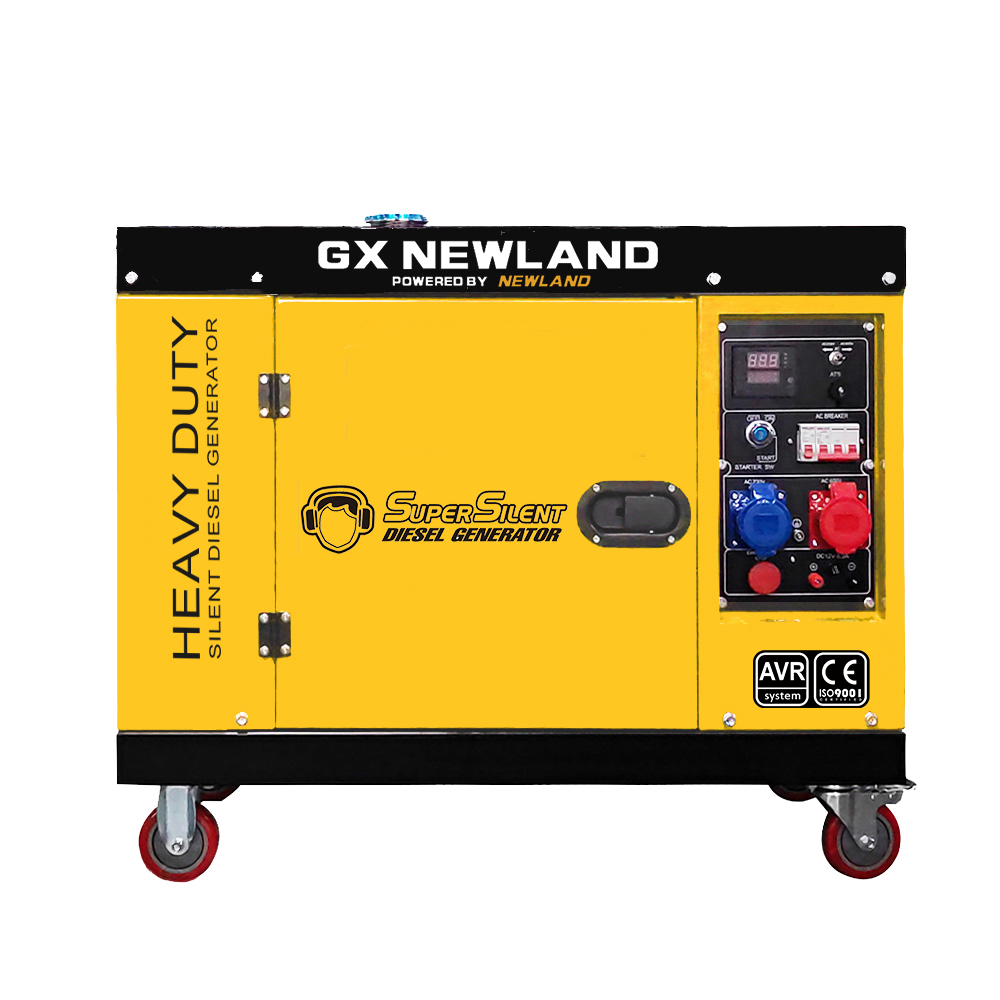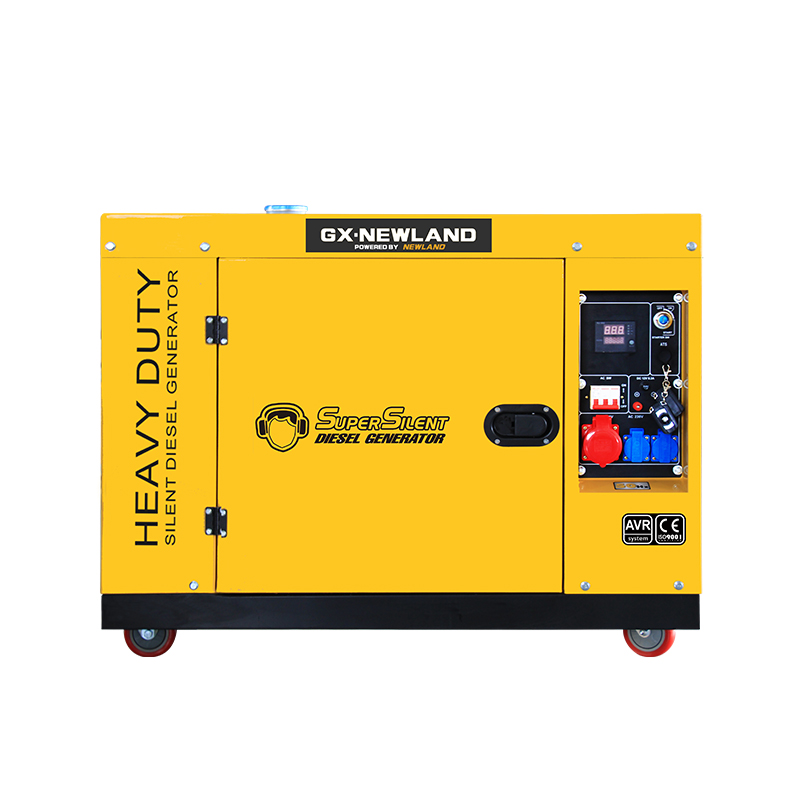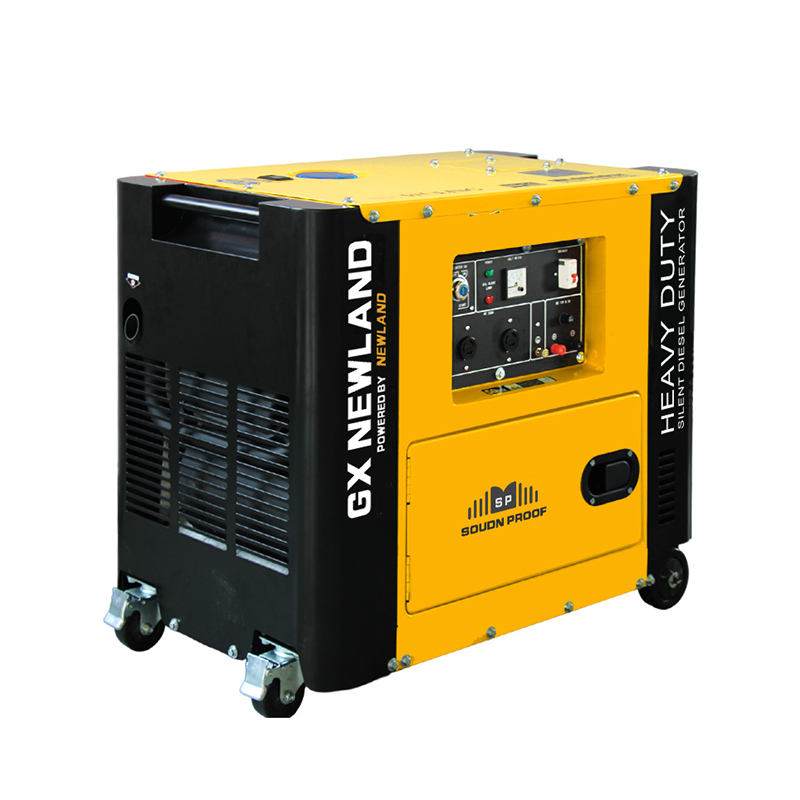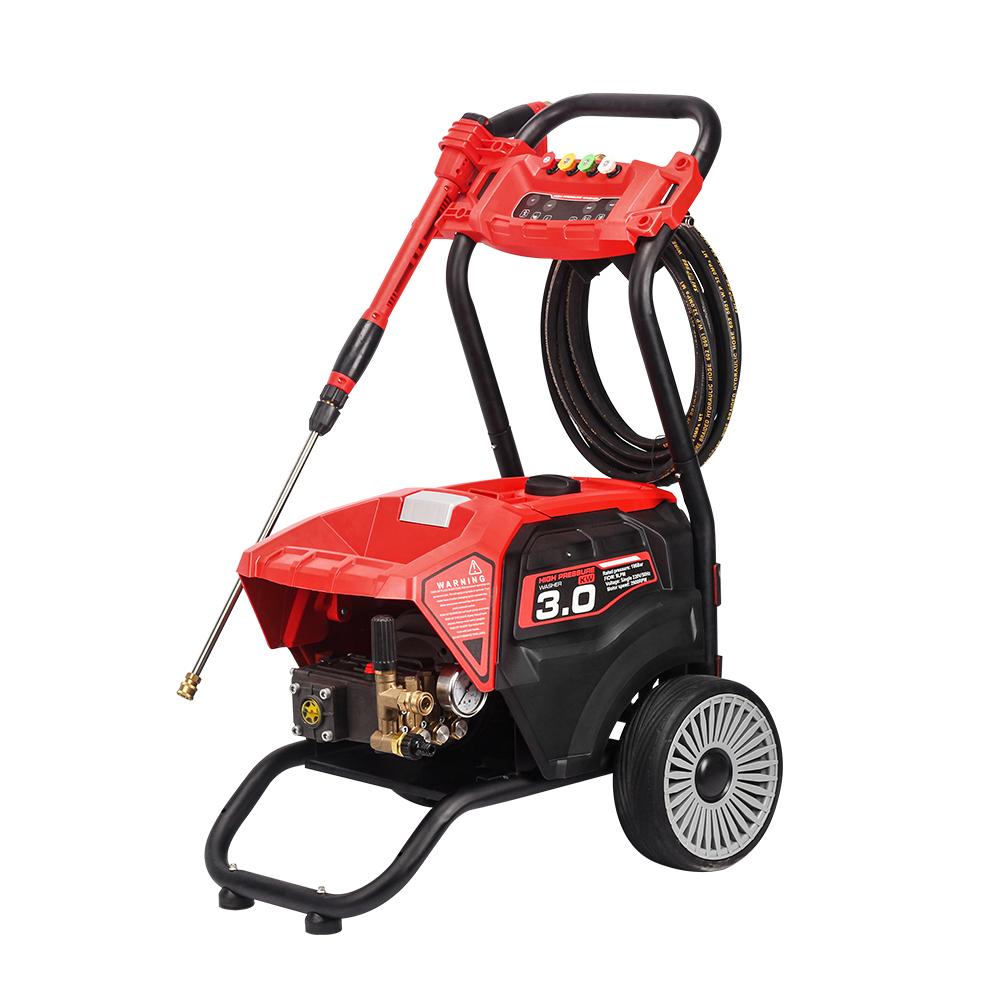Gasoline engines generally inject gasoline into the intake pipe to mix with air to form a combustible mixture, which then enters the cylinder, ignites and combusts through the spark plug to do work. People usually call it spark ignition engine. Diesel engines generally inject diesel directly into the engine cylinder through the fuel injection pump and nozzle, evenly mix with the compressed air in the cylinder, and spontaneously ignite under high temperature and pressure to push the piston to work. This kind of engine is usually called compression ignition engine.
The gasoline engine vehicle has the characteristics of high speed (the speed of the gasoline engine for cars can be as high as 5000-6000 rpm, and the speed of the gasoline engine for trucks can be as high as about 4000 rpm), light weight, low noise when working, easy starting, low manufacturing and maintenance costs, so it is widely used in cars, small and medium-sized trucks and military off-road vehicles. Its disadvantage is that the fuel consumption is high, so the fuel economy is poor. Due to the high compression ratio, the fuel consumption of diesel engine vehicles is about 30% lower than that of gasoline engine vehicles on average, so the fuel economy is good. The 1.7L diesel car can save 2L of oil per 100km compared with the 1.6L gasoline car. Generally, most trucks use diesel engines. The weakness of diesel engine is that its speed is lower than that of gasoline engine (generally the highest speed is about 2500-3000 rpm), its quality is high, and its manufacturing and maintenance costs are high (because of the high requirements for the machining accuracy of fuel injection pump and injector). Its application scope is expanding to medium and light trucks. Foreign diesel cars have also developed rapidly, with the highest speed of 5000 rpm.

 英语
英语 中文简体
中文简体 俄语
俄语












